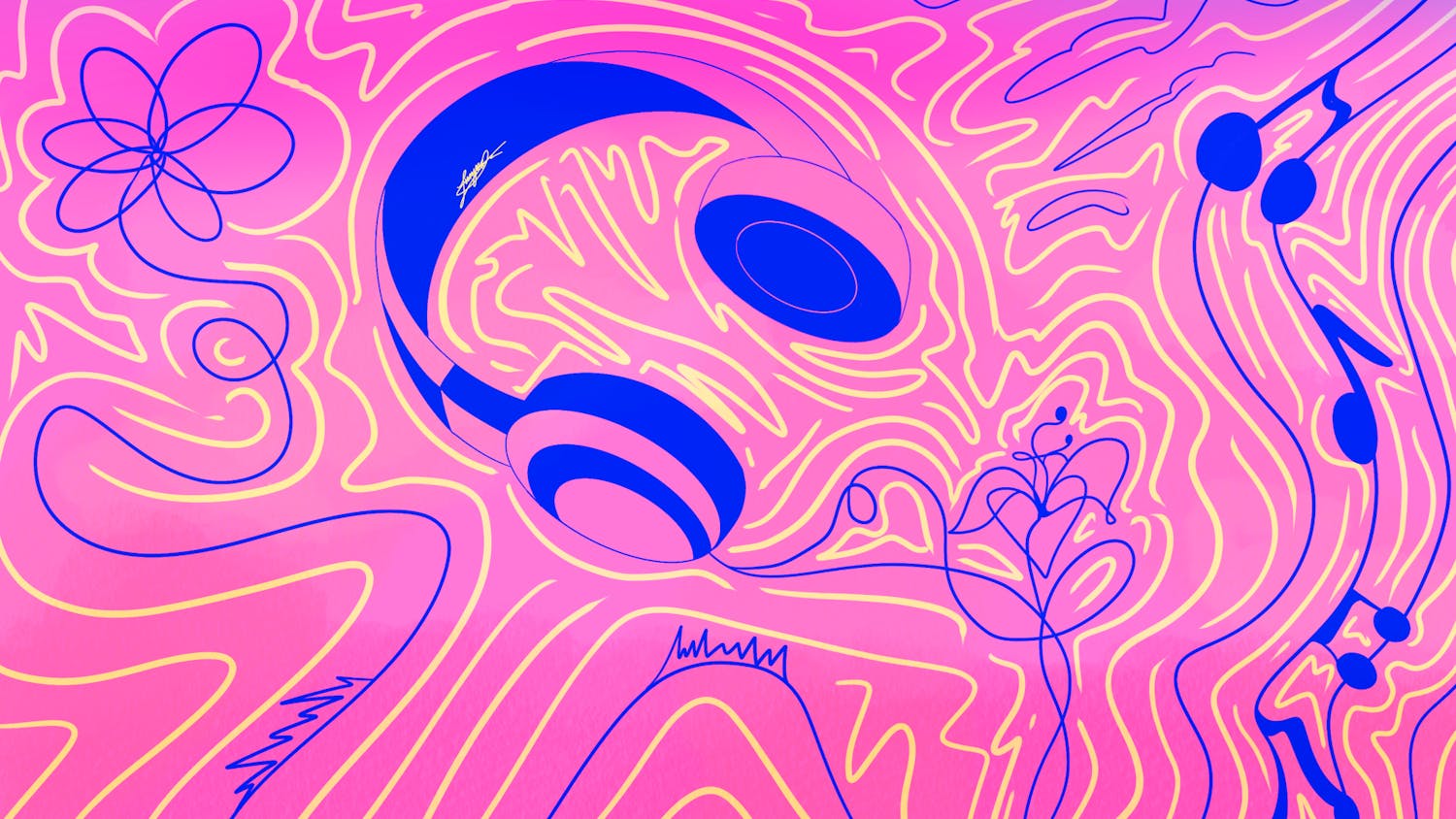I once stumbled across a YouTube comment that read: “No one hates ‘Star Wars’ films more than ‘Star Wars’ fans.” The simplest explanation for this phenomenon is that fans tend to romanticize some bygone era when “Star Wars” was, in their mind, perfect. However — and I say this as someone who has loved the franchise since I first saw the 1977 original — “Star Wars” was never perfect. No art is without flaws. The power of great art is that it can transcend those flaws and the wearying passage of time. That doesn’t mean, though, that there is not always room for improvement and growth.
Fittingly, this is precisely the topic writer-director Rian Johnson chooses to tackle in “Star Wars: Episode VIII – The Last Jedi.” While Johnson clearly loves “Star Wars” and what the series represents culturally and cinematically, he also suggests that both the fans and the fictional characters have been valuing the wrong aspects of the previous films. Just as the Jedi’s penchant for clinging to tradition has consistently led to their downfall, venerating the stylistic trappings of the original films while refusing to accept an exciting future inherently results in viewers’ stagnant mindsets. Given how outstanding “The Last Jedi” is, that’s a real shame.
The film picks up immediately after “Episode VII – The Force Awakens” ends. On an island housing the last relics of the Jedi Order, burgeoning Force-user Rey attempts to convince a bitter Luke Skywalker to train her while she secretly engages in an ongoing telepathic conversation with Skywalker’s ex-student and dark side devotee, Kylo Ren.
Meanwhile, the Resistance plays an extended game of cat and mouse with Ren’s comrades, the First Order, while Finn and newcomer Rose make a detour to Canto Bight, a casino planet, in search of a codebreaker who can help the Resistance retreat without being tracked.
That’s just the tip of the iceberg. The film’s lengthy plot proves to be both its greatest strength and its greatest weakness. On the downside, a longer story risks a higher potential percentage of moments that do not work. “The Last Jedi” is scattered with jokes that don’t quite land, plot points that are a little too contrived and conveniences that strain credulity. Although these incidents are few and far between, there are enough of them that they can’t be sweepingly dismissed.
Despite these moments, one also senses in every frame that Johnson sees this as his one and only shot at making a “Star Wars” film and clearly intends to maximize his tenure. His screenplay is filled with surprise twists and turns that are liable to shock even the most cynical of fans. But it’s really one’s response after the shock has worn off that matters most.
Some are angered by Johnson’s flagrant disregard for certain well-trodden franchise conventions. Others, like myself, feel invigorated by the fact that, after all these years, a Star Wars film can still elicit the sense of awe that accompanies being genuinely taken aback. That sense of awe, though, is largely contingent on one’s appreciation for the characters set up in the previous film, characters who naturally take center stage in all of Johnson’s plot machinations. If you, like me, loved “Star Wars: Episode VII -–The Force Awakens,” then you’re in for a wild ride.
In a galaxy full of bright up-and-coming stars, Daisy Ridley certainly shines the brightest. As Rey, Ridley is determined, sympathetic, endearing and she manages to completely sell the film’s most emotional moment: Rey learning her true heritage in a reveal almost as stunning and satisfying as Vader’s “I am your father.” Likewise, the visual portrayal of her telepathic connection with Kylo Ren is wonderfully simplistic and Ridley has magnetic chemistry with co-star Adam Driver. Special praise must also be reserved for Kelly Marie Tran, whose indelible performance breathes life into the most significant new character, Rose, a morally incorruptible Resistance maintenance worker.
Nonetheless, it would be disingenuous to ignore the power that the original cast members hold in the film’s more heartbreaking story arcs. Mark Hamill’s ongoing disagreement with Johnson’s depiction of Luke Skywalker as curmudgeon has been widely reported, but none of that baggage negates a career-best performance. Similarly, it’s difficult to ignore the recent passing of Carrie Fisher, but it’s equally difficult to deny that her final film performance is a knock-out. Johnson reportedly refused to cut a single one of her scenes: Every tick, every quirk and every gesture of intense and tragic empathy has been forever preserved on screen for the absolute betterment of the film.
Johnson’s direction also does no disservice to the characters and their stories; not since Irvin Kershner helmed “Star Wars: Episode V – The Empire Strikes Back” has a “Star Wars” film looked so grand, so beautiful, so epic. George Lucas has long maintained that the primary influences on his original film were not other space fantasies but instead Westerns and Samurai films. To this end, Johnson has taken the series back to its roots, crafting an aesthetic and storyline that owes more to Akira Kurosawa and Sergio Leone than to any of his contemporaries in the realm of blockbuster spectaculars. The end result is both magnificent and intimate: The characters are never lost in the scope of Johnson’s vision — they motivate and elevate it.
To say that “The Last Jedi” has been polarizing amongst fans and casual viewers alike would be a gross understatement. Self-proclaimed movie buffs stampeded online forums and pages, publishing posts lambasting fans of the film. More civil yet equally disappointed fans of the franchise will hasten to remind me that upon its release, critics enthusiastically hailed “Star Wars: Episode I — The Phantom Menace,” which is now widely regarded as the franchise’s weakest entry. Look where that got us, these fans will proclaim. Yet my love for Johnson’s work prevails and I eagerly anticipate whatever comes our way in “Episode IX.” I’ve been wrong about films before, so why should I fear being wrong again?
After all, “The Empire Strikes Back” managed to be as divisive in 1980 as “The Last Jedi” is in 2018. Now, it is revered as one of the finest American films ever made. So, yes — look where that got us.



